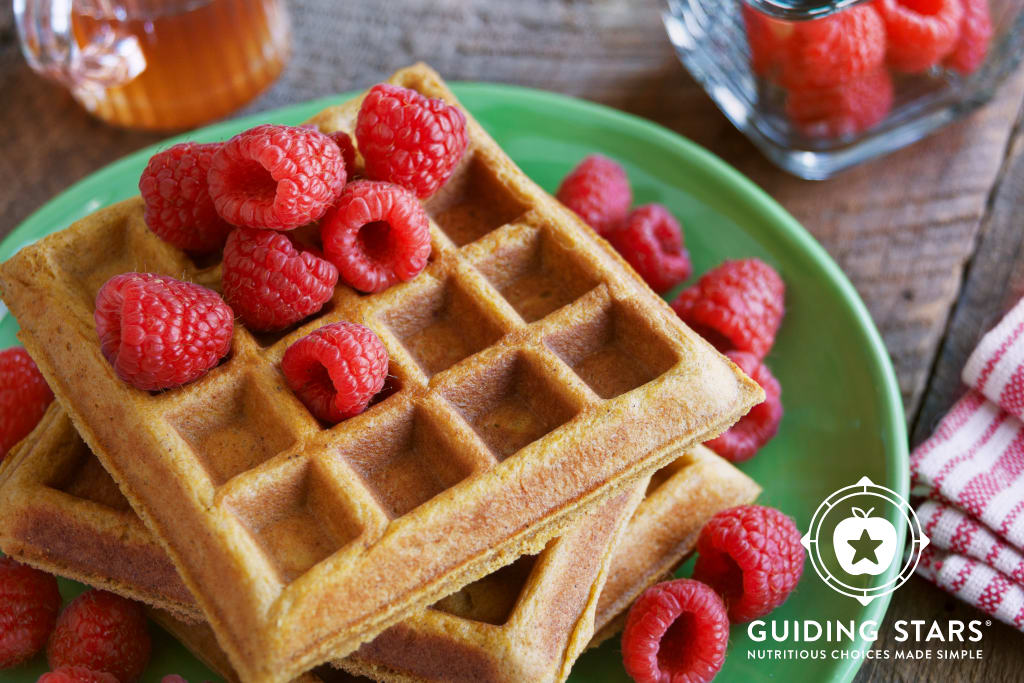We throw the term “whole grains” around a lot. Whole grain callouts can be found on bread, crackers, and other “grainy” products, while images of farms and growing grains abound in the marketing of the brands that produce these products. While many of us know we should be seeking whole grains and believe we know when we’re consuming them, we can always use a moment to remind ourselves of the power of whole grains.
What does it mean?
Let’s start here…at the very beginning when our grains are just simple seeds. The Whole Grains Council beautifully highlights the journey a seed (or “kernel”) goes on to either remain whole or become processed. Spoiler alert: All grains begin as whole grains with their entire seed intact, while processed or refined grains are when that seed loses layers to become, well, not whole. The former is what we enjoy as our darker breads, while the latter is our lighter breads, crackers, cereal, and the like.
Why does it matter?
When that simple seed stays intact, it not only remains a whole grain, but it retains fiber, protein, and many micronutrients that benefit us. The filling fiber found in our whole grains satisfies us, which helps control how much we eat, and also has been found to reduce cholesterol and improve health. There’s no doubt that when it comes to grain, whole grains are the level up option we should seek more often than refined.
How do I know?
When it comes to bread, the very first ingredient on a whole-wheat bread is 100% whole-wheat flour. The key here is “whole,” as “wheat flour” doesn’t tell us anything except which grain was used to make the bread. Take this message to other whole-grain foods and back it up by reviewing the nutrition facts panel, as our whole grains will be richer in fiber, protein, and other nutrients. You may have noticed the “whole grain stamp” on some packages, which lets you know how many grams of whole grain are in a serving of that food. When you know how to use this helpful tool, it’s a great way to ensure you’re consuming more whole grains.
What should I choose?
In my work as both a retail dietitian and a pediatric dietitian, the conversation about whole grains often comes down to whole-wheat bread. Indeed, whole-wheat bread is a great source of whole grains. However, if your child throws out their sandwich at lunch because they strongly dislike it, then clearly that’s not a win! That said, that same child may be able to meet you at a whole wheat waffle (especially when it’s topped with tasty peanut butter and banana) or maybe whole-wheat pretzels and other “kid friendly” foods. Pick your battles and seek whole grains where you can.
Pumpkin Overnight Waffles
These delicious and easy overnight waffles are made with whole-wheat flour and freeze beautifully for easy reheating in the toaster.
View recipe »How do I make them part of a regular diet?
My Guiding Stars colleagues have written about how to incorporate more whole grains into your diet, including tips and recipes for delicious dishes. Today’s tools like the Instapot and pressure cooker make cooking brown rice an easier task, while today’s market offers microwave-in-bag brown rice, quinoa, and other convenient whole grains. Remember to look for better-for-you packaged products like lower-sodium soups that include whole grains and microwave meals that use whole grains. Swap in whole grain cereals, waffles, crackers, and other foods that may be regulars on your shopping list for their refined counterparts. Lastly, keep in mind that when you shop with Guiding Stars, you can easily spot items with more whole grain.
